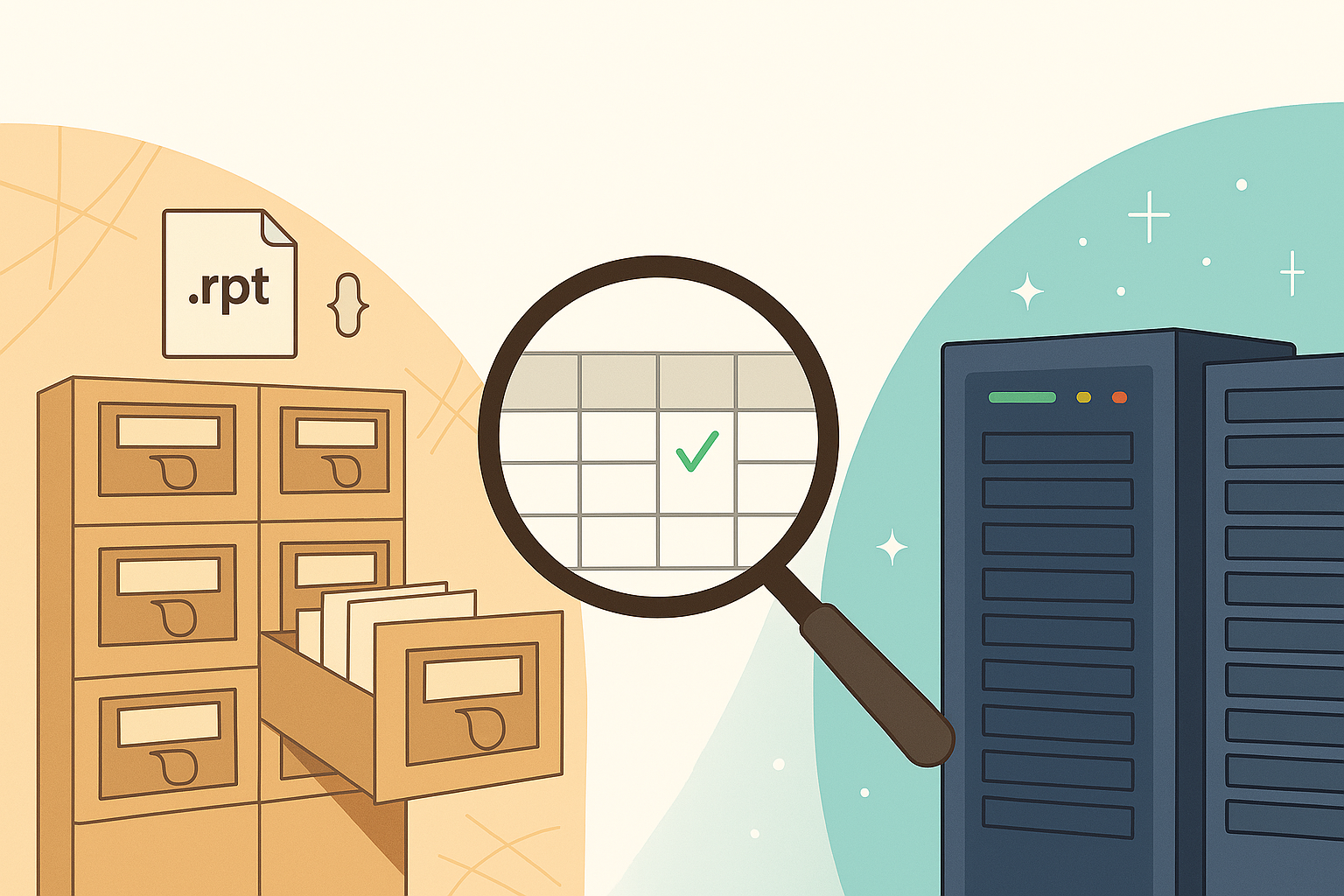You can chase every trick in the book, or spend five minutes on the obvious.
Ten minutes. That’s how long it took to generate a single report. Ten.
I was told it has always been that slow, and users have been advised to select smaller ranges. I wasn’t satisfied by that. The report existed on its own terms, impervious to urgency, as though reminding me that it had been here long before and would remain long after.
After trying every trick I could think of: query tweaks, caching, even a few quiet curses at the reporting control that shall not be named (yes, the one with .rpt files)… nothing worked.
As a last resort, I thought, maybe I’ll just check the database indexing. But surely, surely that’s been done already.
A quick bit of profiling to see which columns were crying out for indexes, five minutes, tops, and there it was.
A few well-placed indexes later, the report now runs in under ten seconds.
Ten-minute reports weren’t just inconvenient. They piled up support tickets, slowed other operations on the same instance, and caused headaches whenever multiple users tried to generate the same weighty reports.
Moral of the story: never assume the basics are covered, especially when “it’s always been like that.”

Leave a Reply